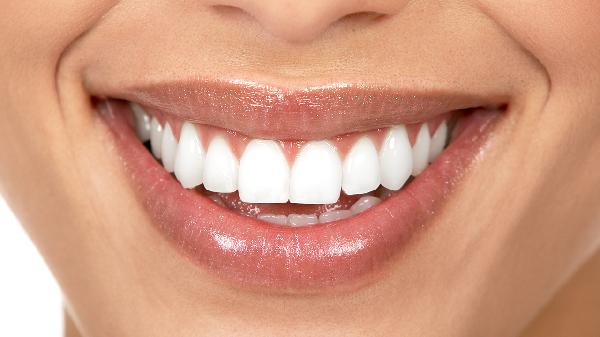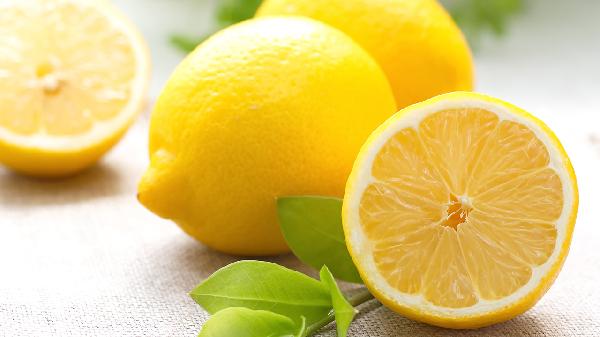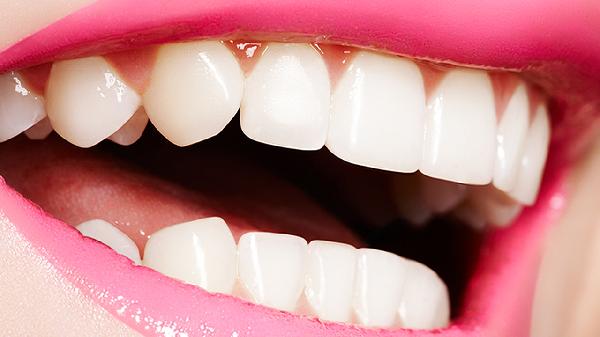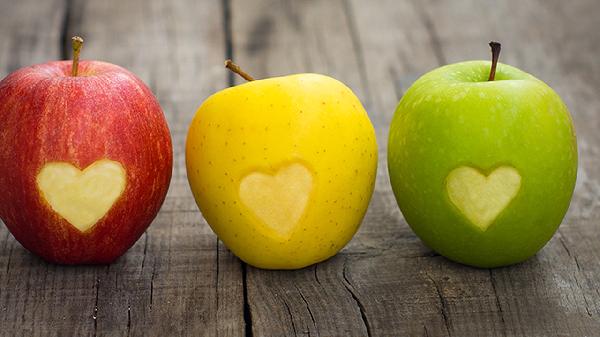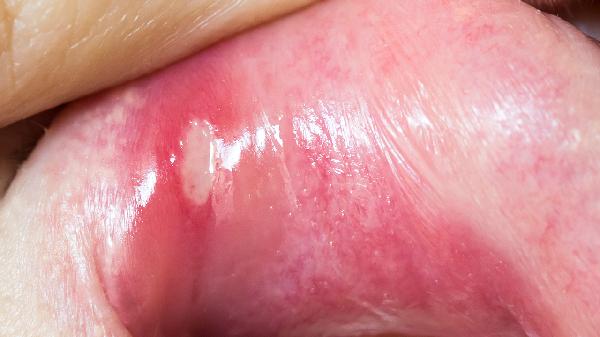Brushing teeth with salt to whiten them? It sounds like a "secret recipe" straight from Grandma's kitchen. But don't rush to move the salt shaker to the bathroom just yet—how reliable is this method? Today, we'll take a closer look to see if the "chemical reaction" between salt and teeth can truly make your smile shine brighter.

1. The Cleaning Effect of Salt
Salt, a staple in the kitchen, actually has some cleaning properties. It can help remove dirt and bacteria from the surface of your teeth, especially when mixed with water to form a mild abrasive. This scrubbing action can eliminate minor surface stains, making your teeth appear cleaner. However, salt particles are relatively coarse, and if used improperly, they could damage tooth enamel.
2. The Antibacterial Properties of Salt
Salt also possesses natural antibacterial qualities. In ancient times, salt was used as a preservative and disinfectant. Brushing with salt can help reduce bacteria in the mouth, thereby minimizing the formation of plaque. Since plaque is one of the main causes of yellowing teeth, salt does have some whitening effects from this perspective.
3. Potential Risks of Salt
While salt has cleaning and antibacterial benefits, it’s not a "miracle cure" for teeth whitening. Its coarse particles can wear down tooth enamel if used too vigorously or too often, potentially leading to tooth sensitivity or even damage. Additionally, salt cannot remove deep stains, such as stubborn yellow spots caused by coffee, tea, or smoking.
4. The Right Way to Use Salt
If you decide to try brushing with salt, it’s crucial to do it correctly. First, mix a small pinch of salt with warm water to create a gentle saline solution. Dip your toothbrush into the solution and brush gently, avoiding excessive pressure. Use this method once or twice a week—do not overuse it, as it could harm your enamel.
5. Other Teeth Whitening Methods
Besides brushing with salt, there are many other ways to whiten your teeth. For example, using whitening toothpaste, regular dental cleanings, whitening strips, or trays are all options. These methods are generally safer and more effective than brushing with salt. If you have higher expectations for teeth whitening, consult a dentist for professional whitening treatments.
In conclusion, brushing with salt does have some cleaning and antibacterial benefits and can help remove minor surface stains. However, it’s not the "ultimate solution" for teeth whitening and carries certain risks. If you decide to try this method, be mindful of frequency and pressure to avoid damaging your enamel. Combining it with other whitening techniques will ensure your smile shines even brighter.

